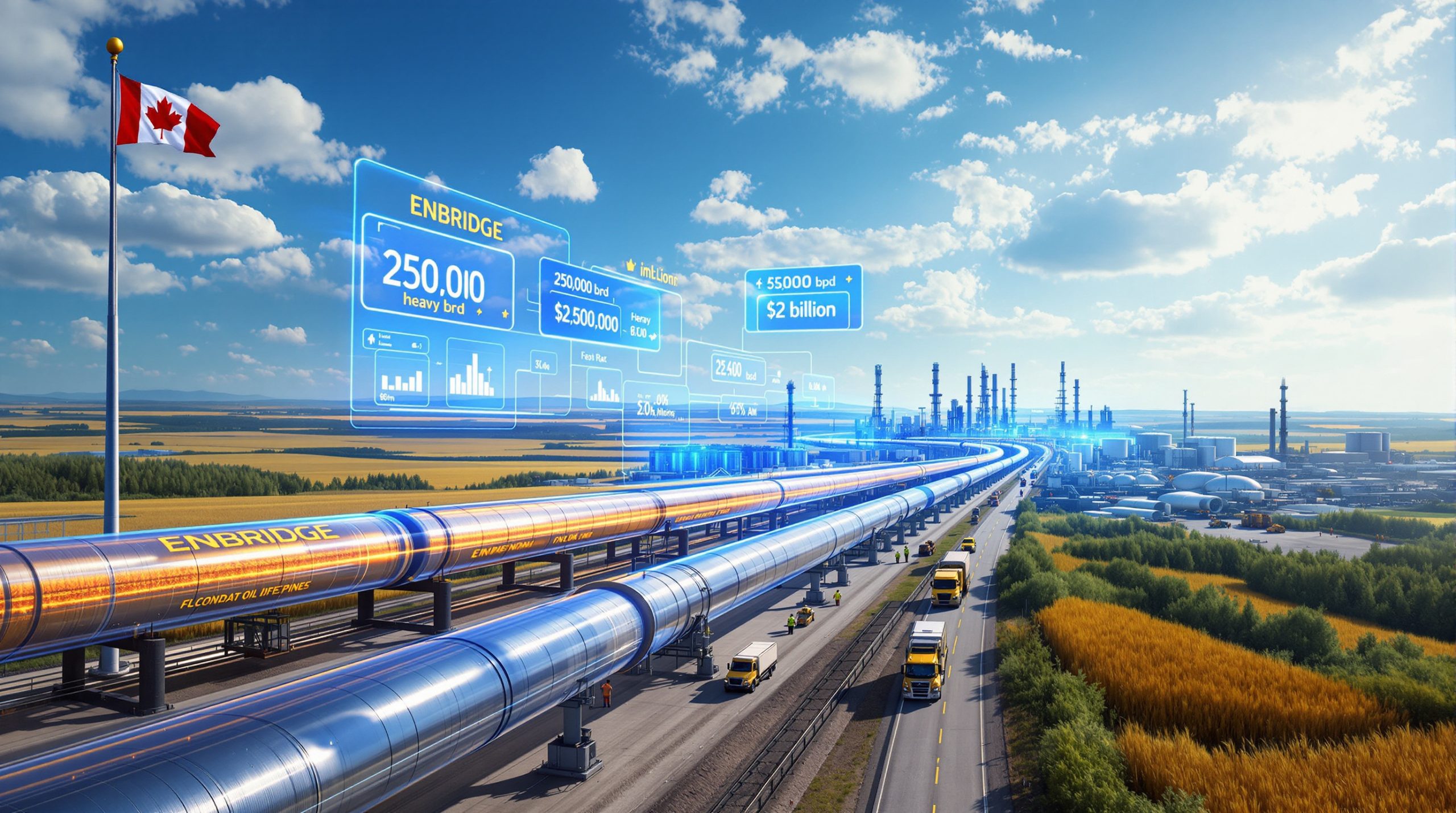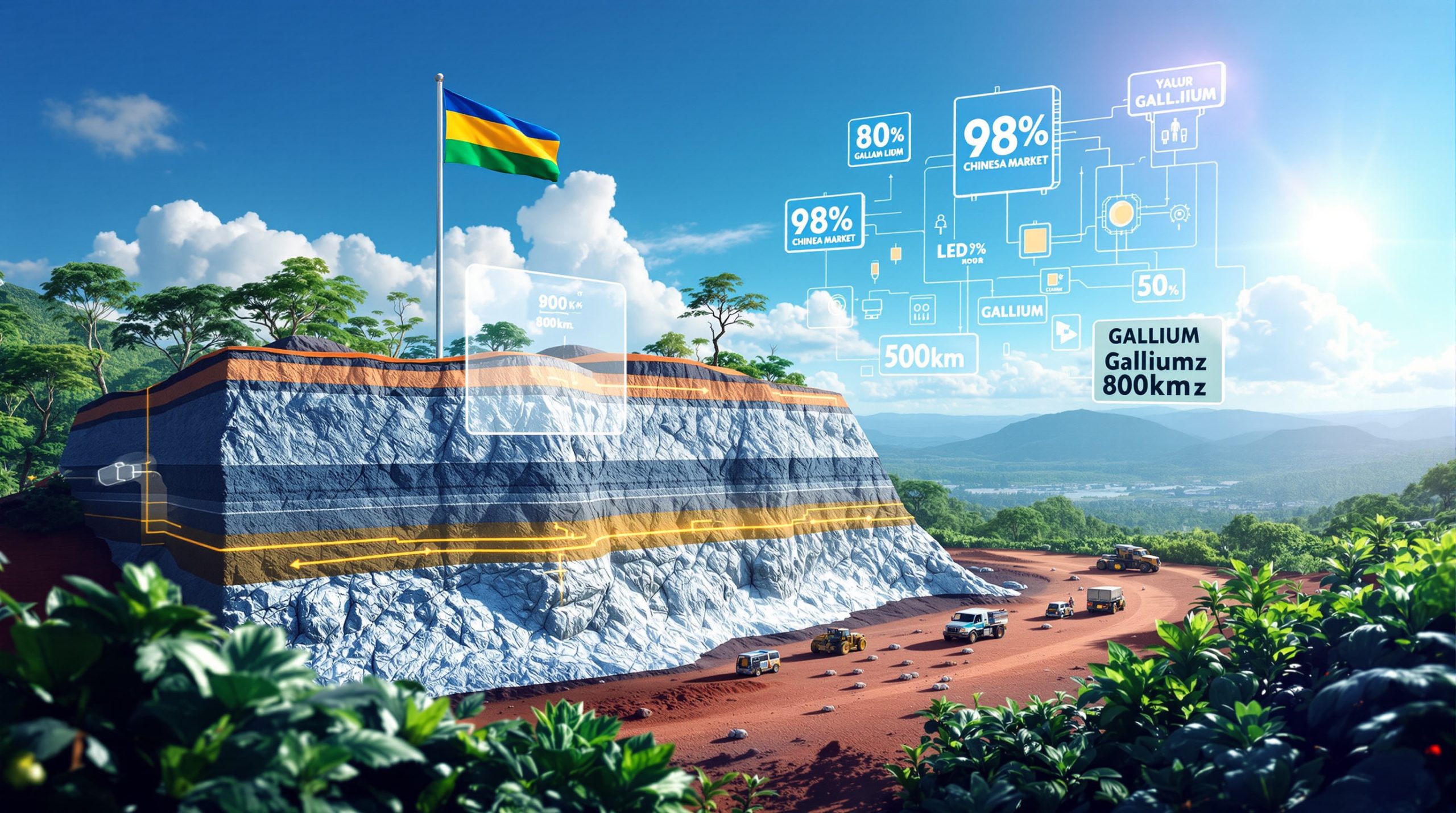How Is Argentina Positioning Itself in the Global Copper Market?
Argentina stands at a critical juncture in its mining sector development, particularly regarding copper. Despite possessing substantial copper deposits along its northern mountainous border with Chile, the country has faced significant copper price prediction challenges that have prevented it from producing copper since 2018.
The country's copper potential is concentrated primarily in the San Juan province, an area that officials have dubbed the "Vaca Muerta of copper" – referencing Argentina's successful shale oil and gas development. This region holds tremendous promise but remains largely untapped due to critical infrastructure gaps.
Argentina's Copper Potential in Numbers
Argentina's copper sector holds remarkable growth potential according to government forecasts:
- Eight copper projects could be developed in Argentina's northern regions
- These projects could increase mining export value to $15.4 billion by 2030 – more than triple current figures
- Projected copper production could reach 521,000 metric tons annually by 2030
- Estimated $5.2 billion in copper export revenue by 2030
- Currently experiencing zero domestic copper production since 2018
The concentration of copper deposits in the Andes Mountains presents both opportunity and challenge. These deposits are situated at elevations up to 4,200 meters (13,780 feet), requiring specialized infrastructure and operational expertise to develop successfully.
"The government said it won't provide any funding, but that doesn't mean it isn't responsible for getting things done," notes Roberto Cacciola, president of Argentina's mining chamber, highlighting the tension between infrastructure needs and government austerity.
Unlike neighboring Chile, which has developed robust mining infrastructure over decades to become the world's largest copper producer, Argentina faces a fundamental infrastructure gap that has kept its copper potential locked underground.
What Infrastructure Challenges Do Copper Projects Face in Argentina?
The development of Argentina's copper sector faces multiple infrastructure bottlenecks that must be addressed before projects can advance to production. These challenges are particularly acute given President Javier Milei's austerity measures aimed at controlling inflation and reducing debt.
Critical Infrastructure Needs
The infrastructure requirements for Argentina's copper sector are substantial and multifaceted:
- Transportation Networks: Remote locations require extensive road construction, including a critical 220-kilometer (137-mile) road needed for the Vicuña project
- Power Transmission: High-voltage power lines "at a scale that could support a large city" are needed to power energy-intensive mining operations
- Railway Systems: Existing networks like the Belgrano Cargas railway require significant upgrades to handle mineral transport
- Water Management: Aqueducts and water supply systems are essential for processing operations in often arid regions
- Energy Supply: Gas pipelines and reliable power generation facilities must be constructed in previously underdeveloped areas
Geographical Challenges
The geographical setting of Argentina's copper deposits compounds infrastructure challenges:
- Remote locations in the Andes Mountains, far from existing infrastructure networks
- Extreme elevations requiring specialized construction techniques and materials
- Harsh climate conditions that limit construction seasons and increase costs
- Limited existing infrastructure in northern regions historically underserved by development
- Difficult mountainous terrain increasing the complexity and cost of construction projects
These challenges create a chicken-and-egg scenario: mining companies hesitate to commit billions in development without infrastructure, while infrastructure development is difficult to justify without operational mines generating revenue.
Who Will Finance Argentina's Mining Infrastructure?
With the federal government's austerity measures limiting public investment, alternative financing models are emerging as potential solutions to Argentina's infrastructure challenges. This situation has sparked innovation in how mining infrastructure might be funded.
Private Sector Solutions
Several creative financing approaches are being explored:
- Royalty-Based Infrastructure Development: San Juan province enacted a compensation program in 2022 allowing mining companies to be repaid with mining royalties for infrastructure investments
- Shared Infrastructure Models: Companies like McEwen Mining are exploring cost-sharing arrangements with nearby projects
- Public-Private Partnerships: Business leaders advocate for increased private sector involvement through formal PPP arrangements
- International Development Financing: McEwen Mining is consulting with the Inter-American Development Bank about infrastructure loans
"It's feasible to think that private companies will assume these costs and see a business opportunity," observes Nicolas Munoz, copper supply analyst at consultancy CRU, pointing to the potential for creative financing solutions.
Mining Company Initiatives
Major mining companies are taking proactive approaches to infrastructure development:
- BHP and Lundin's Vicuña Project: Planning to leverage San Juan's royalty program to build a 220-kilometer road and power transmission lines for their $5 billion project
- Rio Tinto's Railway Interest: Expressed interest in bidding for the privatization of the Belgrano Cargas railway, which the government announced in February
- First Quantum Minerals: Working on infrastructure solutions for the Taca Taca copper mine in Salta province
Jose Morea, Vicuña's Argentina director, explains the benefit of the royalty program: "That speeds up investments that the private sector is currently in a position to make … which the provincial government would probably have to defer otherwise."
How Are Provincial Governments Supporting Copper Development?
In Argentina's federal system, provincial authorities play a crucial role in mining development, as they control local resources and development priorities. Several provinces are taking distinctive approaches to facilitate copper sector growth.
San Juan Province Initiatives
San Juan has positioned itself as Argentina's copper hub through several key initiatives:
- Enacted a compensation program in 2022 allowing infrastructure costs to be offset against future royalty payments
- Provincial legislators can designate certain infrastructure projects as "public utility" to accelerate development
- Actively promotes itself as the "Vaca Muerta of copper" to attract investment attention
- Hosts industry events like the Argentina Copper 2025 conference to showcase opportunities
This proactive approach has made San Juan the focal point for copper development in Argentina, with multiple projects advancing despite national infrastructure challenges.
Salta Province Approach
In northern Salta province, the approach focuses more on advocacy for federal support:
- Governor Gustavo Saenz actively advocates for federal support for aqueducts, roads, and gas pipelines
- Provincial government seeks to attract investments for projects like First Quantum Minerals' Taca Taca copper mine
- Emphasizes the long-term economic benefits of infrastructure development for the entire nation
"We need them to give us … everything necessary so that those who want to come and invest can do so," Governor Saenz stated at the Argentina Copper 2025 conference in San Juan, highlighting the need for federal backing.
These provincial efforts demonstrate how local governments are filling the gap left by federal austerity measures, becoming the driving force behind infrastructure solutions.
What Major Copper Projects Are Leading Argentina's Mining Future?
Several significant copper projects are positioned to transform Argentina into a copper producer, though all face the common challenge of infrastructure development. These projects represent the vanguard of Argentina's potential copper renaissance.
Vicuña Project (BHP and Lundin Mining)
The Vicuña project stands as one of the most advanced copper developments in Argentina:
- Components: Includes Filo del Sol and the more advanced Josemaria mines
- Investment: Estimated $5 billion development cost
- Infrastructure Needs: 220-kilometer road and high-voltage power transmission line
- Status: Positioned to become "one of the region's first projects to start production"
- Strategy: Planning to utilize San Juan's royalty-based infrastructure program
This project's approach to infrastructure financing could create a template for other developments to follow.
Los Azules Project (McEwen Mining)
The Los Azules project is exploring innovative approaches to overcome infrastructure challenges:
- Backing: Support from Rio Tinto through its Nuton leaching technology arm
- Infrastructure Approach: Exploring shared infrastructure with nearby projects
- Financing: Consulting with Inter-American Development Bank about infrastructure loans
- Innovation: Looking at alternative infrastructure solutions to reduce costs
Taca Taca Project (First Quantum Minerals)
Located in Salta province, this project highlights the role of provincial advocacy:
- Location: Salta province, requiring significant infrastructure development
- Government Support: Provincial governor advocating for federal infrastructure assistance
- Development Needs: Requires aqueducts, roads, and gas pipelines
- Potential: Could contribute significantly to Argentina's copper production goals
Altar Project (Aldebaran Resources)
This developing project adds to Argentina's copper pipeline:
- Backing: Support from Rio Tinto through its Nuton technology arm
- Status: Under development as part of Argentina's copper portfolio
- Potential: Contributes to the projected 521,000 metric tons of annual copper production by 2030
Collectively, these projects could transform Argentina into a significant copper producer, but all depend on successfully addressing the infrastructure challenges that have historically constrained development.
What Role Could Mining Majors Play in Infrastructure Development?
Global mining companies are increasingly considering direct involvement in infrastructure development to advance their projects in Argentina. These companies bring financial resources, technical expertise, and long-term vision that could help overcome infrastructure challenges.
BHP and Lundin Mining
This partnership demonstrates how major mining companies can drive infrastructure development:
- Formed partnership for the Vicuña project (Filo del Sol and Josemaria mines)
- Planning to leverage San Juan's royalty program for infrastructure development
- Positioned to be early movers in Argentina's copper sector
- Investing significant capital ($5 billion) in project development
Their willingness to finance infrastructure through the royalty offset program could establish a precedent for other mining companies to follow.
Rio Tinto's Multi-Faceted Approach
Rio Tinto is pursuing a comprehensive strategy in Argentina that includes infrastructure development:
- Recently acquired Arcadium's lithium mines in Argentina
- Developing its own lithium project in the country
- Expressed interest in bidding for the privatization of the Belgrano Cargas railway during a June meeting with Argentina's mining secretary
- Supporting copper projects through its Nuton leaching technology arm
- Backing McEwen's Los Azules and Aldebaran's Altar copper projects through equity investments
Rio Tinto's interest in railway privatization is particularly significant, as it suggests major mining companies may take vertical integration approaches to infrastructure challenges.
First Quantum Minerals
This global copper producer is actively working on infrastructure solutions:
- Developing the Taca Taca copper project in Salta province
- Working with provincial government on infrastructure solutions
- Bringing experience from global copper operations to Argentina
The engagement of these major mining companies signals confidence in Argentina's copper potential despite the infrastructure challenges, suggesting they see long-term value that justifies near-term infrastructure investment.
How Could Infrastructure Sharing Reduce Development Costs?
With limited public funding available, collaborative approaches to infrastructure development are gaining traction among mining companies in Argentina. These shared models could unlock value across multiple projects while reducing the burden on individual companies.
Potential Shared Infrastructure Models
Several approaches to infrastructure sharing could prove viable:
- Regional Power Networks: Multiple mining operations connecting to shared transmission lines
- Transportation Corridors: Joint development of access roads serving multiple projects
- Water Management Systems: Shared water supply and treatment facilities
- Railway Access: Multiple companies utilizing upgraded rail systems for concentrate transport
- Port Facilities: Shared export terminals to reduce individual capital requirements
McEwen Mining's exploration of shared infrastructure arrangements with nearby projects exemplifies this approach, potentially creating economies of scale that benefit all participants.
Benefits of Infrastructure Sharing
The advantages of collaborative infrastructure development are substantial:
- Lower capital expenditure per project, improving economic viability
- Faster development timelines through pooled resources
- Reduced environmental footprint through consolidated infrastructure corridors
- More efficient use of limited resources in challenging terrain
- Greater economic viability for marginal projects that couldn't support standalone infrastructure
Infrastructure sharing also aligns with global mining trends toward increased collaboration, even among competitors, to address common challenges like climate change, water scarcity, and social license concerns.
What Economic Impact Could Copper Development Have on Argentina?
The development of Argentina's copper sector could provide significant economic benefits to a country struggling with persistent economic volatility. These benefits extend far beyond direct mining revenues.
Projected Economic Benefits
The economic impact of copper development could be transformative:
- Export Growth: Mining exports could reach $15.4 billion by 2030, more than triple current levels
- Foreign Exchange: Copper sector could become one of the country's largest net foreign exchange earners
- Employment: Creation of thousands of direct and indirect jobs in regions with limited economic opportunities
- Regional Development: Economic growth in historically underdeveloped northern provinces
- Supply Chain Development: Growth of mining services sector and local suppliers
These projections align with broader government forecasts of $5.2 billion in copper export revenue by 2030, representing a significant boost to Argentina's economy.
Long-Term Strategic Value
Beyond immediate economic benefits, copper development offers strategic advantages:
- Diversification of Argentina's export base beyond agricultural commodities
- Development of sustainable resource sector with multi-decade production horizons
- Integration into global critical minerals supply chains essential for energy transition
- Reduction of economic volatility through stable mining revenues
- Technology and skills transfer to local workforce
In a country that has struggled with economic stability, the development of a world-class copper sector could provide a foundation for more sustainable economic growth.
How Does Argentina's Infrastructure Challenge Compare to Other Mining Jurisdictions?
Argentina's infrastructure challenges are not unique in the global mining industry, but they are exacerbated by the country's economic situation and austerity measures. Examining how other jurisdictions have addressed similar challenges provides valuable context.
Comparative Analysis
Several mining jurisdictions have overcome comparable infrastructure challenges:
- Chile: Has developed extensive mining infrastructure over decades, enabling its position as the world's largest copper producer through sustained public and private investment
- Peru: Faced similar challenges but has successfully developed major copper projects with mixed public-private infrastructure solutions
- Mongolia: Developed the Oyu Tolgoi copper mine despite remote location by implementing innovative infrastructure solutions
- Democratic Republic of Congo: Overcame significant infrastructure deficits to develop major copper projects through private investment
- Australia: Successfully developed remote mining regions through coordinated infrastructure planning
Unique Aspects of Argentina's Situation
Argentina faces several distinctive challenges:
- Severe fiscal constraints due to austerity measures limiting public investment capacity
- History of economic volatility affecting long-term planning and investment confidence
- Federalized system requiring coordination between national and provincial governments
- Proximity to Chile creating both competitive pressure and partnership opportunities
- High-altitude mining requiring specialized infrastructure solutions
Argentina's situation is most comparable to Peru's experience, where copper development initially lagged behind Chile's but accelerated as infrastructure challenges were addressed through creative public-private partnerships.
What Are the Environmental Considerations for Infrastructure Development?
Infrastructure development for mining projects must address environmental concerns, particularly in sensitive high-altitude Andean ecosystems. Sustainable approaches are increasingly seen as essential for project approval and long-term viability.
Key Environmental Considerations
Environmental factors that must be addressed include:
- Water Management: Ensuring sustainable water use in arid regions through efficient technologies and recycling
- Biodiversity Protection: Minimizing impact on sensitive Andean ecosystems through careful route planning and mitigation measures
- Climate Resilience: Designing infrastructure to withstand extreme weather conditions, which are increasingly variable due to climate change
- Energy Efficiency: Implementing renewable energy solutions where possible to reduce carbon footprint
- Land Use Planning: Minimizing footprint of transportation corridors through careful design and shared infrastructure
Sustainable Infrastructure Approaches
Modern mine planning increasingly incorporates sustainability principles:
- Integration of renewable energy into power supply systems, taking advantage of northern Argentina's excellent solar resources
- Water recycling and efficient use technologies to minimize consumption in water-scarce regions
- Wildlife corridors in transportation route design to maintain ecosystem connectivity
- Restoration and reclamation planning from early development stages
- Climate change adaptation measures in infrastructure design
These environmental considerations are not merely regulatory hurdles but increasingly represent business imperatives as mining companies seek to maintain social license to operate and meet investor expectations for sustainability.
FAQ: Argentina's Copper Infrastructure Development
Why hasn't Argentina developed its copper resources earlier?
Argentina has faced persistent economic challenges, political instability, and changing regulatory environments that have discouraged long-term investment in mining infrastructure. Unlike Chile, which has consistently prioritized mining development for decades, Argentina has had a more volatile approach to resource development, creating uncertainty for investors contemplating infrastructure-intensive projects.
How long would it take to develop the necessary infrastructure?
Major infrastructure projects like roads, power lines, and railways typically require 3-5 years for planning and construction, assuming financing is secured. The timeline could be longer in Argentina's challenging terrain and economic environment. The use of provincial royalty offset programs could accelerate this timeline by removing financing constraints, potentially allowing parallel development of mines and infrastructure.
Could renewable energy solve some of the power infrastructure challenges?
Yes, solar and wind resources in northern Argentina could potentially provide power for mining operations, though transmission infrastructure would still be needed. Some mining companies are exploring hybrid power solutions that combine renewables with conventional generation. The high energy intensity of copper mining operations means that substantial power infrastructure remains necessary regardless of the generation source.
What happens if the infrastructure isn't built?
Without adequate infrastructure, Argentina's copper deposits will likely remain undeveloped, representing a significant opportunity cost for the country's economy. Mining companies may redirect investments to jurisdictions with more developed infrastructure, furthering the development gap between Argentina and neighboring Chile. The global copper supply forecast and projected $5.2
Ready to Capitalise on the Next Major Mineral Discovery?
Stay ahead of the market with real-time alerts on significant ASX mineral discoveries through Discovery Alert's proprietary Discovery IQ model, transforming complex commodity data into actionable investment insights. Explore why historic discoveries can generate substantial returns by visiting the dedicated discoveries page and begin your 30-day free trial today.




